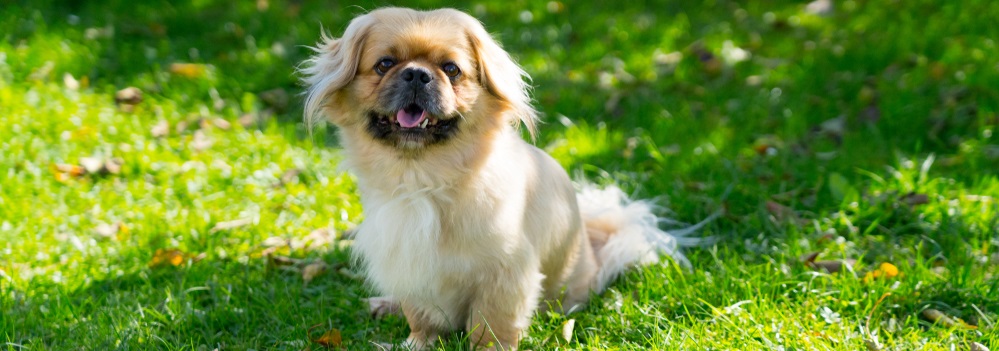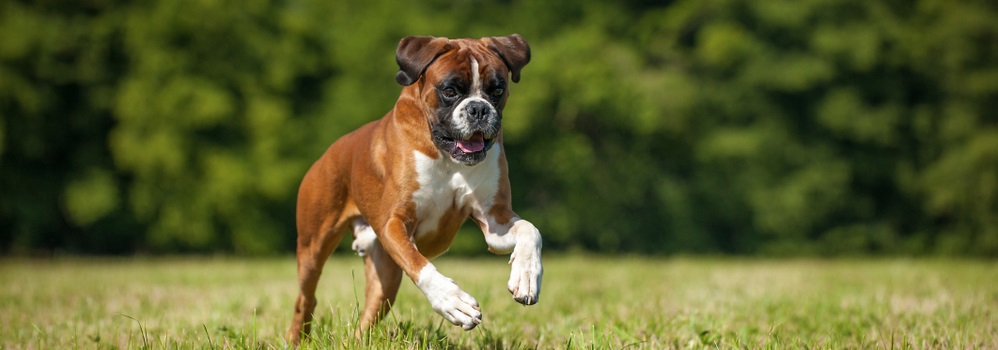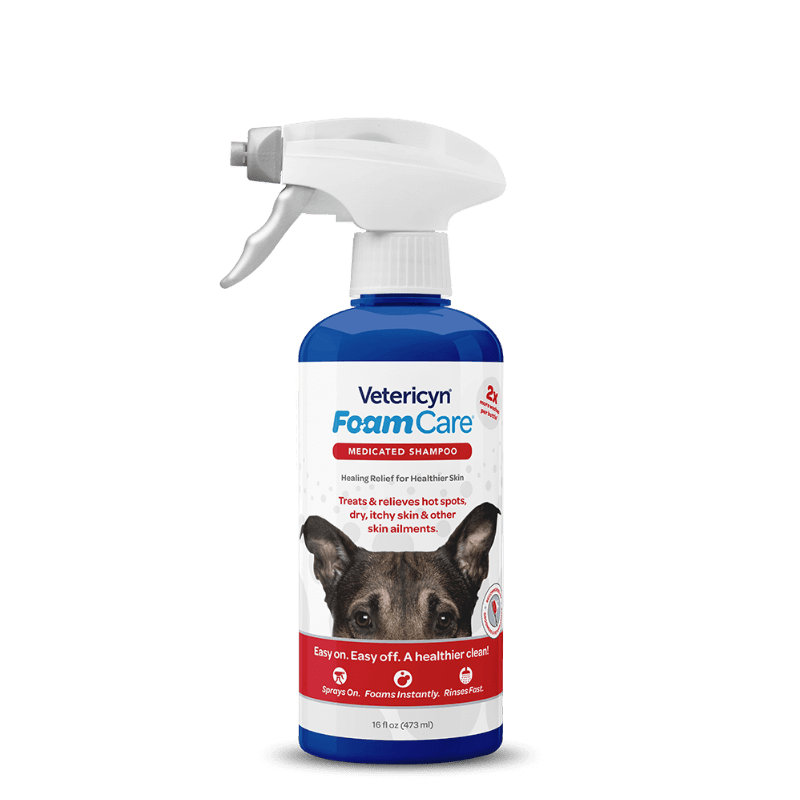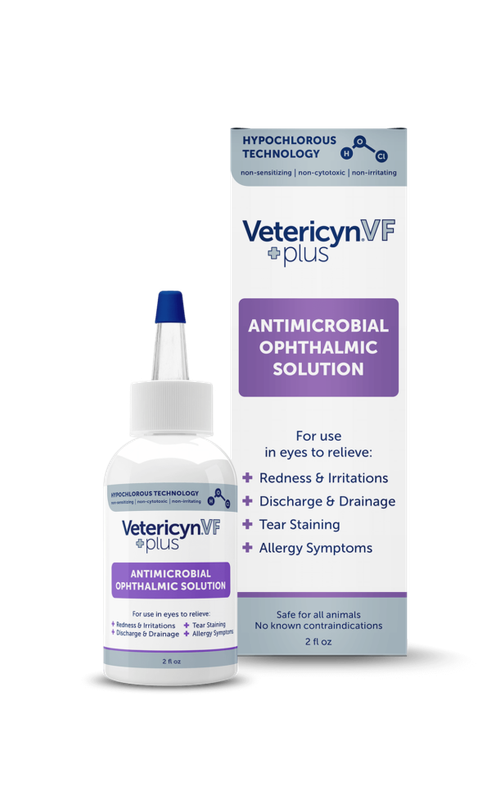For many dog breeds, tear stains are inevitable. You probably recognize the all-too-familiar reddish, brown spots on the inner corners of a Bichon Frise’s fluffy white fur. Or the seemingly permanent tear stains on a boxer’s eyes.
Combating these tear stains around the eye area is typically more of an aesthetic choice—rather than a medical one. If you see dog tear stains, you generally don’t need to worry about pain or discomfort. It’s much like a stain on a t-shirt—it’s not serious, but you’d rather the dog eye discharge and tear marks not be there.
To that end, let’s uncover everything you need to know about tear staining, reviewing:
- What are dog tear stains?
- What causes dog tear stains?
- How to treat dog tear stains naturally
What Are Dog Tear Stains?
Dog tear stains are a result of excessive tearing in your dog’s tear ducts leaving traces of iron on the fur. When that iron is exposed to air and dries, the resulting color is a reddish-brown (like rust). Over time, the tear stain accumulates a larger and larger surface area and the tear stains become more unsightly around the dog’s eye.

To be clear, dog tears are not caused by the same things as human tears. Just because there are your dog has tear stains on your dog’s face doesn’t mean they’ve been staying up all night long crying! Dog tear stains can be the result of perfectly natural causes (like allergies).
Let’s take a look at some of the most common tear stain causes.
What Causes Dog Tear Stains?
There are many causes of tear staining. The trick is isolating one factor at a time to see what helps reduce the amount of tears your dog’s tear ducts produce. Let’s take a look:
- Irritated eye due to overgrown fur – If your dog has overgrown hairs around their eye area, their own fur might be causing the eye to be irritated and produce excess tears. Consider grooming your pet pooch and trimming their fur if you suspect this is the case.
- Irritated eye due to ingrown eyelash – Similarly, an ingrown eyelash can be a cause for irritation and excess tears. If you suspect an ingrown eyelash, be mindful of it and make sure that it goes away naturally. If you suspect an eye infection, be sure to consult your veterinarian.
- Diet and water source – A diet or water source that has excess minerals (importantly, iron) could be the cause of the tear stain. If you’ve recently changed their diet only to find tear stains weeks later, consider reverting back to previous meal plans.
- Allergies – Just like humans, dogs can suffer from allergies. If this is the case, redness around the eyes and excessive tear production are a result.
Less common, but more serious underlying conditions for excessive tear stains include:
- Glaucoma – Glaucoma is a painful build-up of pressure inside the eye that causes excess tear production. Should the pressure increase too drastically, this could cause blindness. If your dog has glaucoma, then other symptoms to be aware of include a hazy, cloudy appearance to the eye, and a dilated pupil that does not constrict with light.
- Infection – Your dog could either have an eye infection or an ear infection that causes excessive tear production. This is commonly spotted when one tear stain is much more apparent than the other (an infection in one eye or ear). When assessing for infection, it’s beneficial to distinguish the common pinkeye symptoms in dogs, as this condition could affect your pooch unfortunately.
- Scarring – Your dog’s tear duct could be blocked, or partially blocked, by the development of scar tissue around the eyes. This is a common side effect of an irritated eye that’s been scratched and rubbed too much over time by your dog’s paws.
How to Treat Dog Tear Stains Naturally
There are two parts to dog tear stain treatment. First is the cleaning and removing of the tear stains from your dog’s fur. The second step is to prevent the tear stains from returning. To that end, here are ways to remedy your dog’s tear stains:

- Remove the tear stains with daily fur hygiene – Tear stains accumulate over time, and thus, when cleaning your dog’s fur, you want to consider the removal process in reverse. Because the stain is close to your pet’s eyes, be cognizant of over-washing and irritating the eye further. Instead of scrubbing until it’s completely gone, clean your dog’s fur with a safe, plant-based shampoo that can be used daily.
- Prevent the tear stains with daily eye hygiene – For preventative measures, consider using a safe antimicrobial eye wash to flush all dirt and debris from your dog’s eye (thus preventing irritation). The antimicrobial wash can also relieve common allergy symptoms and help soothe sensitive eyes.
No More Tears Over Tear Stains






